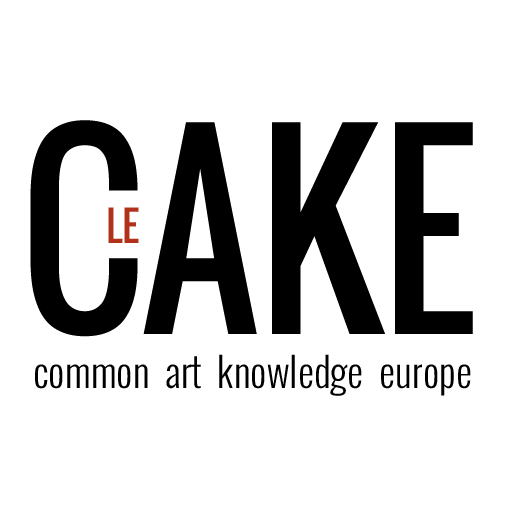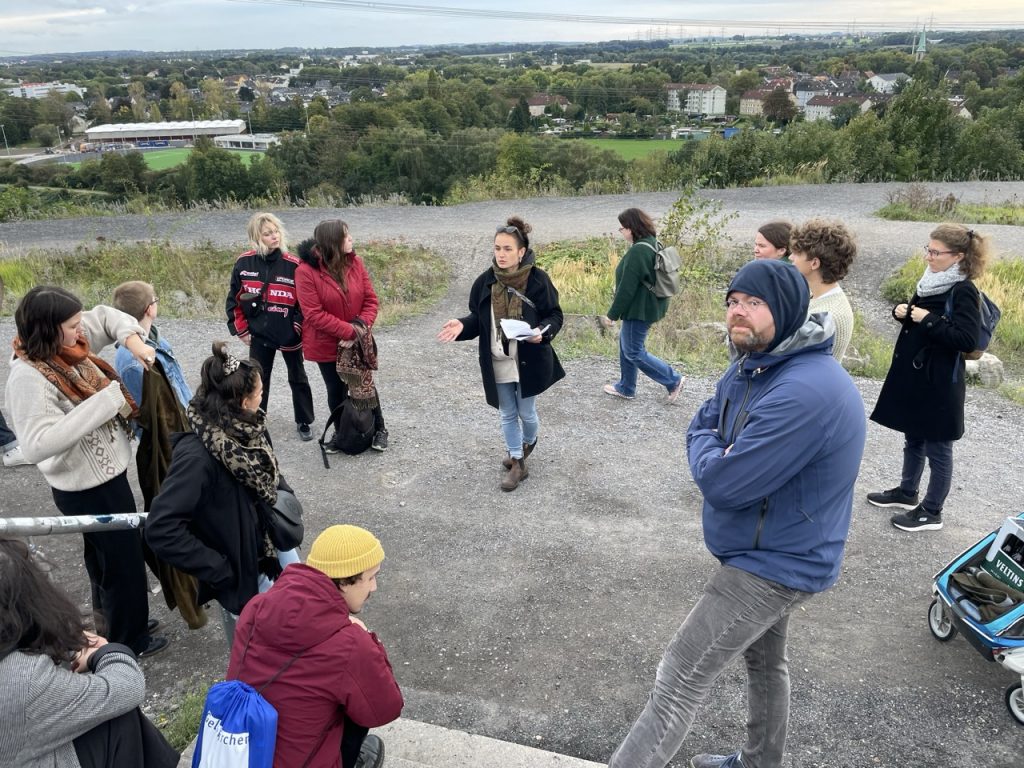CCWalks: A Method for Active Pedagogy and Citizen Engagement
CCWalks are designed as an innovative working method rooted in the principles of active pedagogy. This approach emphasizes learning through both physical movement and meaningful participation, fostering individual and collective empowerment.
1. Active Pedagogy in Practice
CCWalks operate on two core dimensions of active engagement:
- Physical Involvement: Participants are encouraged to walk and move, engaging their bodies as well as their minds.
- Stimulating Participation: The method is built around raising compelling questions—ones that participants feel personally invested in answering, sparking genuine curiosity and involvement.
> Exercise for the session participants “Body & Mind Reflection” : Invite students to walk silently for two minutes, focusing on their physical sensations and thoughts. Afterward, ask them to write down one observation about how movement influenced their thinking, and then share it with a partner. This combines physical engagement and peer sharing, reinforcing active pedagogy principles.
2. Empowerment Through Creation and Sharing
– Self-Development for Facilitators: Each CCWalk is initially crafted by the facilitator, who researches and develops the walk’s content. This process is itself a learning journey, allowing the facilitator to deepen their own knowledge and pedagogical skills.
– Transformation into Collective Activity: The facilitator then adapts this knowledge into an interactive experience for the group, turning personal learning into a shared exploration.
– Co-Creation During the Walk: As the walk unfolds, participants are invited to share their perspectives and ideas, and to collaboratively invent solutions to the questions raised.
Exercise: “Mini Facilitation”
Have each participant quickly design a simple discussion prompt or activity related to the walk’s theme. In small groups, every student takes a turn facilitating their prompt for two minutes. Afterward, the group briefly discusses what it felt like to lead and to be led, highlighting empowerment and collaborative creation.
3. The Importance of the Outdoor Context
– Neutral Territory: Conducting walks outdoors removes participants and facilitators from their usual environments, breaking habitual patterns and social routines.
– Level Playing Field: In a shared, neutral space, everyone is free from established roles and habits, fostering openness and equal participation.
> Exercise: “Sense Mapping”
Ask participants to spread out and observe their surroundings for three minutes, noting what they see, hear, smell, or feel that is different from their usual learning environment. They then regroup and create a collective “sense map” (on paper or a board), pooling their observations. This emphasises the impact of the outdoor, neutral territory on perception and learning.
4. Citizen Dimension and Democratic Experience
– Building Community: The walks are called “citizen” because they aim to bring people together, nurture a sense of belonging, and create a safe space for open dialogue.
– Democratic Practice: Participants are encouraged to express their views, disagree constructively, and always respect others’ opinions—mirroring the principles of a healthy democracy.
> Exercise: “Opinion Line-Up”
Pose a thought-provoking, walk-related statement (e.g., “Everyone should have an equal say in group decisions”). Ask participants to physically position themselves along an imaginary line from “strongly agree” to “strongly disagree.” (on Zoom, they can do it by standing in their room). Invite a few to share why they chose their spot, then facilitate a brief discussion. This encourages respectful dialogue and democratic participation.
5. Creativity, Joy, and Popular Education
– Moments of Joy: In a world often marked by complexity and discouragement, CCWalks offer opportunities for creativity, connection, and collective joy.
– Accessible and Reusable: As a tool of popular education, CCWalks are designed to be easily adopted, adapted, and reused by anyone. This open approach helps spread joyful experiences, spark new ideas and initiatives, and amplify their positive impact.
> Exercise: “Joyful Brainstorm”
In small groups (breakout rooms), particpants brainstorm ways to bring more creativity or joy into future CCWalks. Each group shares one idea with the class. As a closing gesture, everyone chooses their favourite idea and celebrates it with a collective clap or cheer, reinforcing the spirit of popular education and shared joy.
The facilitator may conclude the session by summarising
CCWalks are a flexible, participatory method that combines movement, inquiry, and democratic values to foster learning, creativity, and community spirit—both for facilitators and participants.

